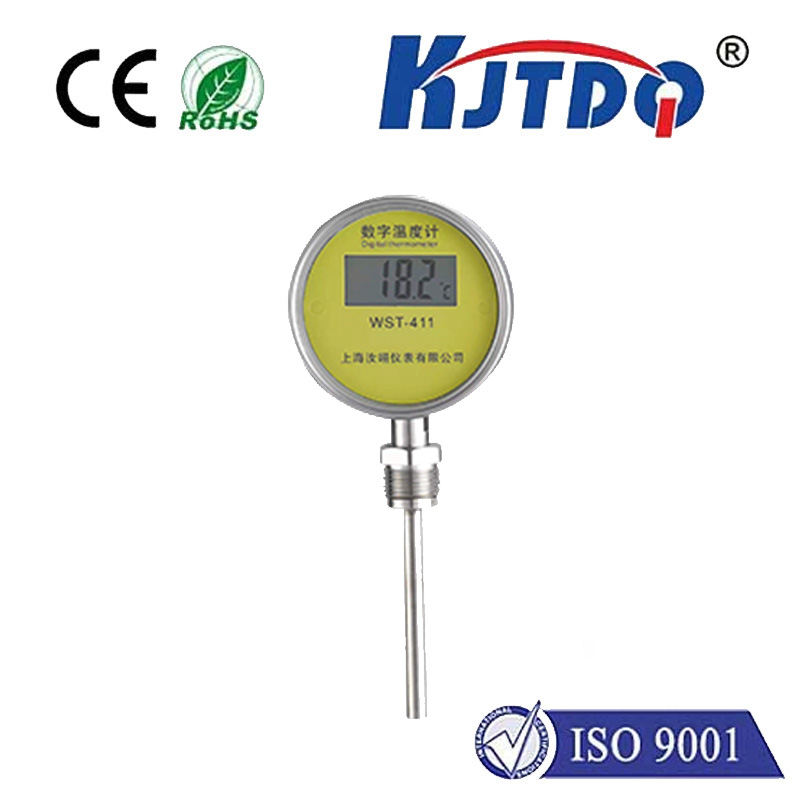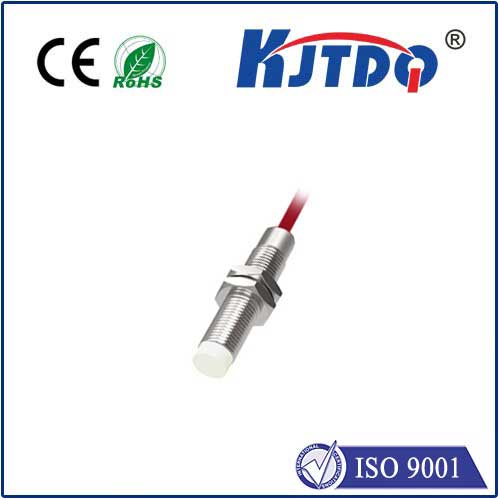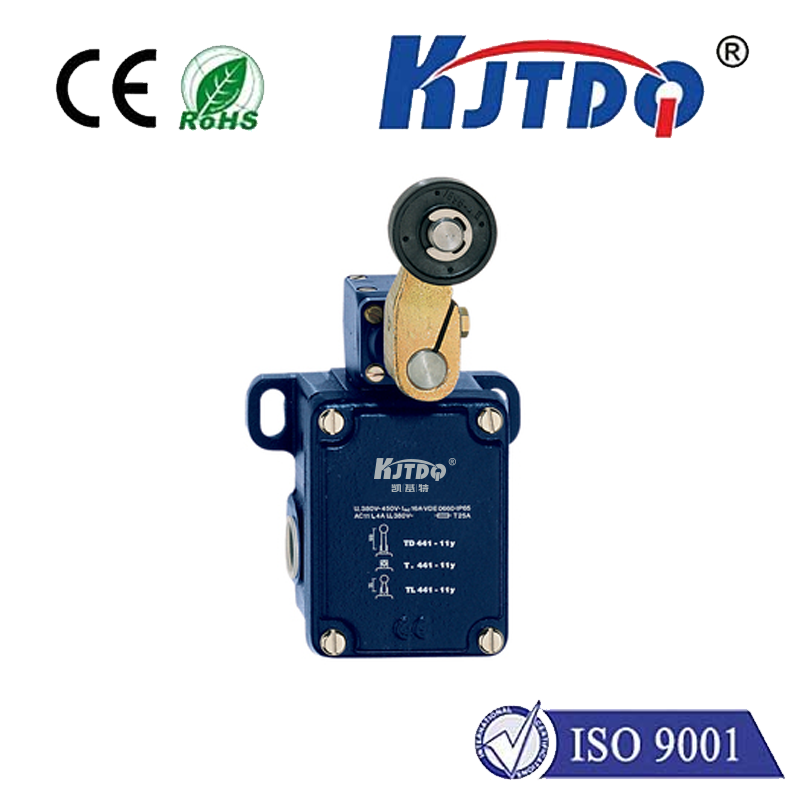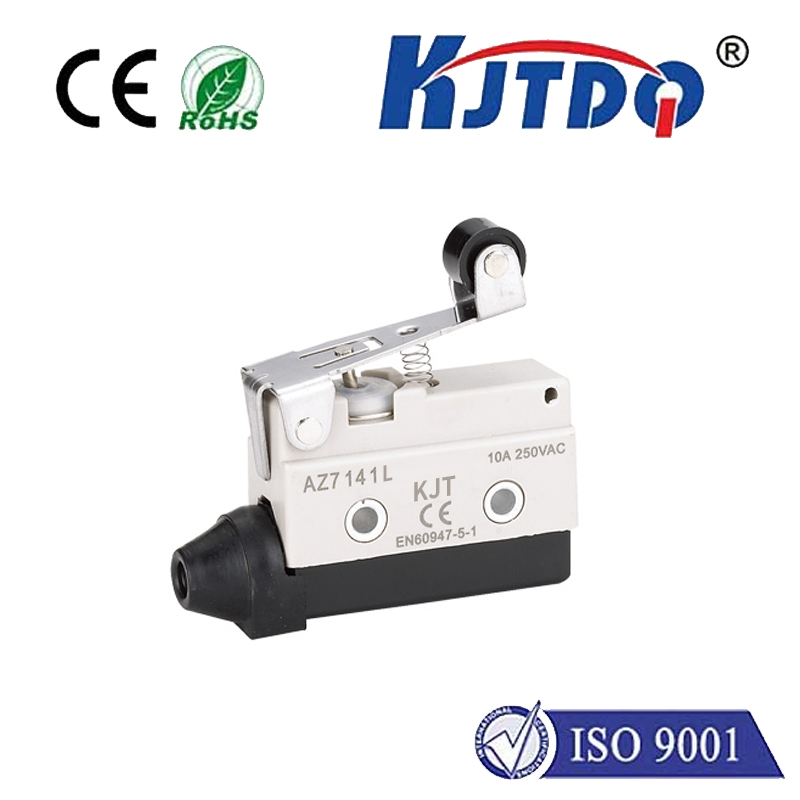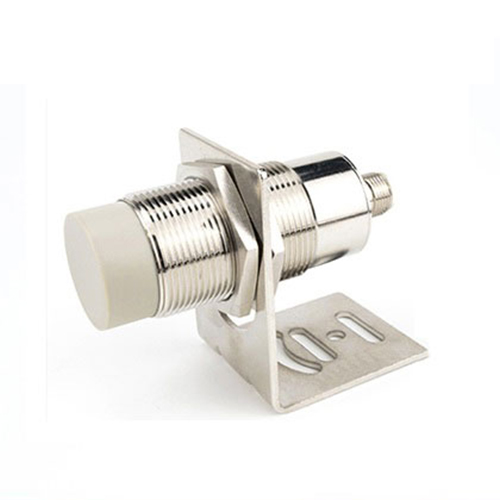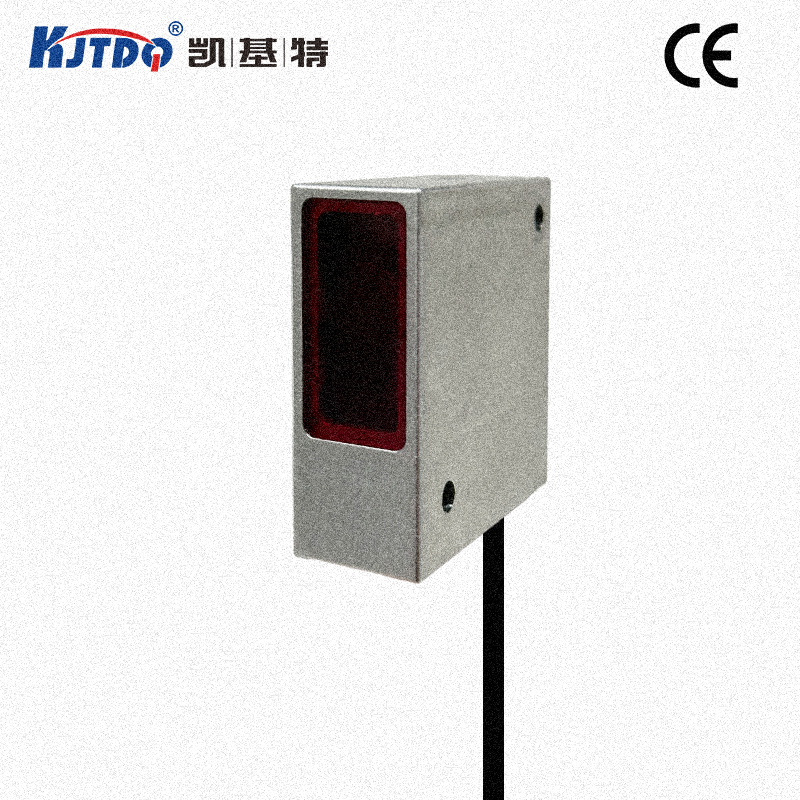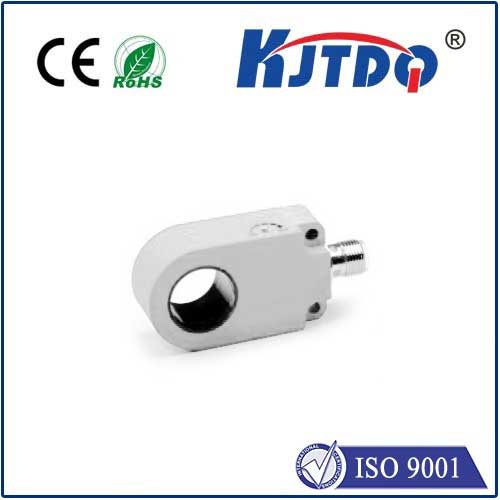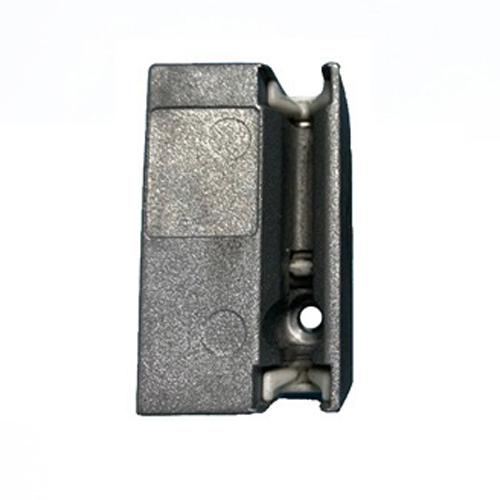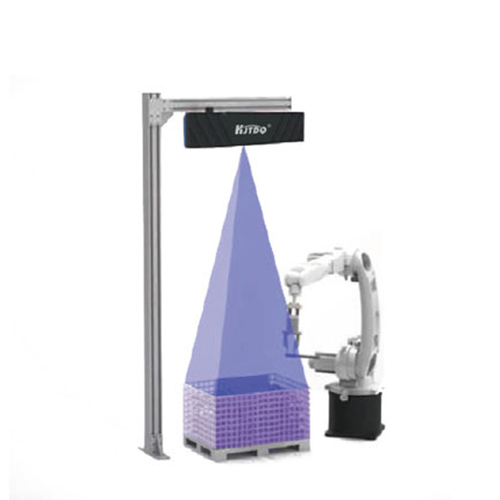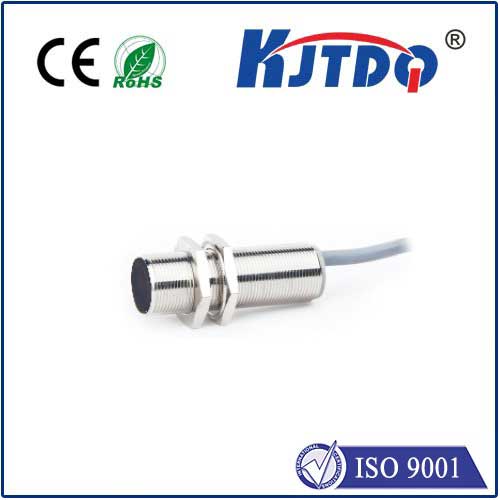

check

check

check

check
In today's rapidly advancing world of technology, it is essential to understand the different techniques that are being used to make devices smarter and more efficient. One such technique is proximity capacitive sensing, which has revolutionized the way we interact with our devices. This essay will explore the basics of proximity capacitive sensing and its applications in various industries, providing a comprehensive understanding of this powerful technology.
Proximity Capacitive Sensing: An Overview
Proximity capacitive sensing is a type of sensor that uses an electrical charge to detect the presence or absence of objects. It works by placing two electrodes near each other, separated by a small distance. When a object comes into contact with one of the electrodes, the electric field generated between the electrodes changes, causing a change in the capacitance between the two electrodes. This change in capacitance can be measured and used to determine the presence or absence of the object.
Proximity Capacitive Applications in Smart Devices
Proximity capacitive sensing is widely used in smart devices, such as smartphones, tablets, and wearable technology. For example, many smartphones use proximity sensors to detect when a user approaches or leaves a nearby object, such as a door or window. This allows the device to automatically turn off the screen or lock itself when it detects that the user has left the vicinity.
Another common application of proximity capacitive sensing is in home automation systems. These systems use proximity sensors to detect when someone enters or leaves a room, allowing the system to adjust the lighting, temperature, and other settings accordingly. For example, when someone enters a dark room, the system can turn on the lights to provide better visibility.
Proximity Capacitive Sensors in Industrial Environments
Proximity capacitive sensors are also used in industrial environments to detect the presence or absence of workers in hazardous areas. For example, in a chemical plant, proximity sensors can be placed around the plant to detect when workers approach or leave their designated areas. This allows for improved safety measures and reduces the risk of accidents occurring.
In conclusion, proximity capacitive sensing is a powerful technology that has revolutionized the way we interact with our devices. Its widespread applications in smart devices and industrial environments demonstrate its potential to continue making our lives safer and more convenient. As technology continues to advance, it will be interesting to see how proximity capacitive sensing evolves and is integrated into new and innovative products.
